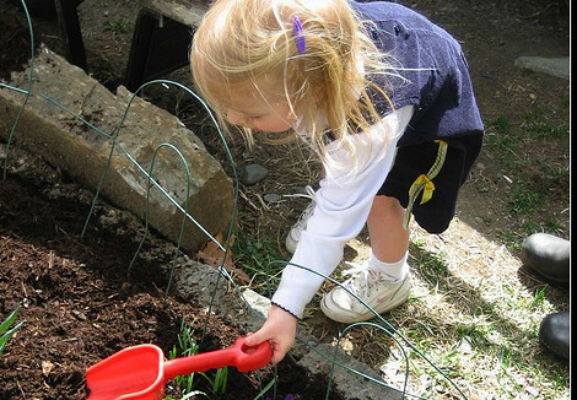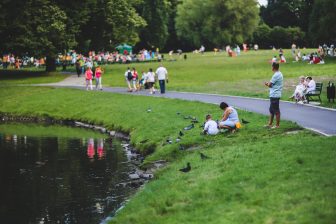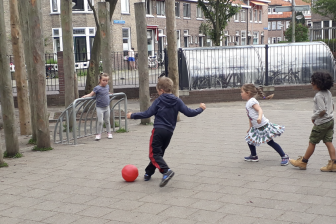
Hands-on outdoor learning brings children closer to nature
A new study demonstrates that in recent years, there has been increasing interest in greening school grounds initiatives to diversify children’s play experience and to develop their love for nature.
More and more children today have less and less contact with the natural world. And this is having a huge impact on their health and development.
Building strong school communities
Greening school ground activities provide a wide range of benefits for children, from an enhanced learning environment and an increase in physical activity to reduced bullying, positive community engagement and a boost their emotional well-being.
“Through planting trees, building of ponds and development of vegetable gardens children learn how to interact with the natural world and raise environmental awareness,” said Marit Jansson, Senior Lecturer from the Swedish University of Agricultural Sciences.
Literature suggests that many school–greening initiatives are stronger with or even dependent upon student participation. And yet participatory approaches in the school ground greening initiatives are often too limited
“If young people play an integral role in the greening process and are involved in the process of planning, planting, subsequent management and maintenance of the grounds, it can improve their relationship to the project and support the development of new vegetation areas.Ultimately participatory approach helps to make our schools and communities more sustainable and healthy,” she added.
So how can we support students participation in the process?
“There are many ways but I would like to highlight that schools should adapt their frameworks to integrate environmental education and student participation into school greening initiatives. Also school staff should develop and or adapt hands-on, place-based approaches to environment education and include environmental learning into the curriculum,” commented Jansson.
Green School Grounds Program
In 2010, the municipality of Malmo in Sweden initiated a school ground greening initiative called “Gröna skolgårdar” (Green school grounds), where around one million US dollars were invested in developing twelve municipal school grounds with green elements such as trees, shrubs and herbs, or larger areaswith for examplewoodlandand hilly terrain.
The aim was to turn low quality school grounds into creative places that would be resources for children’s learning, stimulating physical activity during recess and mental focus in the classroom.
Research findings show that participation and continuous involvement in the school ground greening projects proved to be beneficial for the children. Not only have they increased their ability to relate to the developed areas but they also appeared to be happier when using them.
“There are clearly benefits for schools to integrate vegetation development into their pedagogic activities and to adopt participatory approach. Already many schools around the world are seeing this is true as they develop and use their grounds for the benefit of children, but there is still a long way to go,” concluded Jansson.
Photo by Jaine, Grace in the Garden (www.flickr.com/photos/team_716_pwns/130526335)




